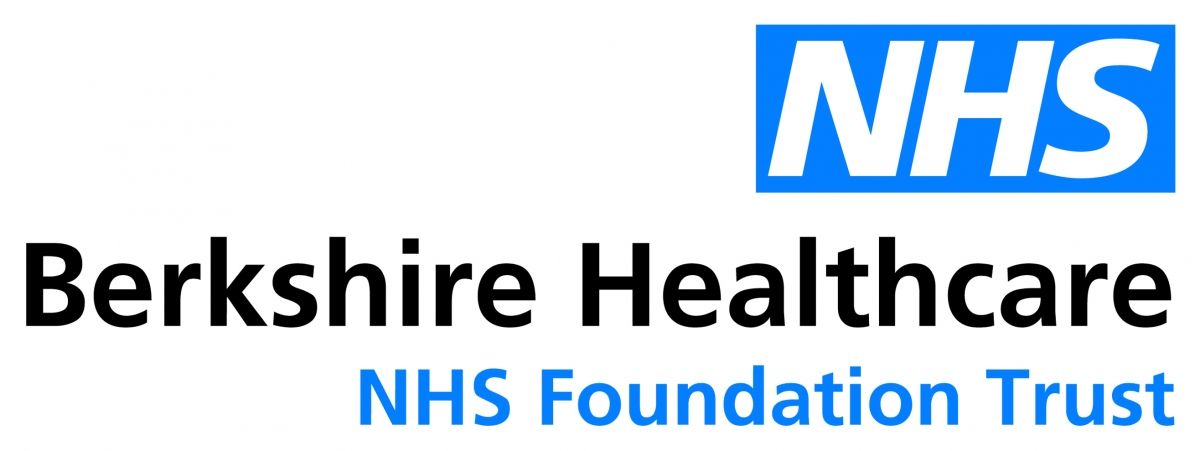Case Study for RPA in Berkshire Healthcare NHS Foundation Trust
Integrated Pain and Spinal Services
Background
To refer patients to Integrated Pain and Spine Service (IPASS), GPs use the E-referrals (ERS) system. This process helps patients, but it also creates a lot of administrative work. Previously, after being processed in the ERS system, IPASS Referrals were assessed by clinical staff when they entered Rio.
Administration staff moved attachments and assessment notes from the ERS system to the Rio system, which is the patient record system for Berkshire Healthcare NHS Foundation Trust. Then they made the referral, added attachments, and wrote a progress note. The referral was then assigned to the right clinical caseload in the Rio system.
A letter about the waitlist and some information for the patient was sent by Envoy Post. Another progress notes in Rio updated staff, and then the referral on ERS was cancelled, informing the GP. Also, because of the way systems moved information, a dummy appointment was made.
If this appointment was not cancelled quickly, it could send wrong appointment details to patients, causing confusion or incorrect attendance.
What Was The Problem
IPASS wanted to enhance the quality and security of the referral process with limited administrative resources. Removing fake appointments from ERS by using a different process, but this would add to the administrative work. Smart automation was seen as a possible solution.
Robot Solution
The IPASS clinical team in the ERS system makes the right triage decision, which starts the robotic process automation. This automation downloads attachments and copies the triage notes to move them into Rio. In Rio, they make the Referral, upload attachments, and make a progress note with the triage note.
The Referral is then moved to the right Caseload. A Waitlist letter is made, with a PIL, and sent from Envoy Post to the Patient, a 2nd Progress Note is made in Rio to inform staff.
Then, the Referral is closed on ERS, which tells the GP that the Referral has been done.
Robot to review if the patient record is synced to the spine. Where it is not, the service will be notified via an email alert. Where is it, the process will continue.
Transfer Information: Transfer triage comments and attachments from the Electronic Referral System to the RIO patient record.
Create Referral: Generate a referral in the RIO system.
Notification of Un processable Referrals: Notify the IPASS service if a referral cannot be processed.
Patient Communication: Attempt to send a letter to patients containing the waitlist information and Patient Information Leaflet attachment, as outlined in the process matrix.
Referral Cancellation: Cancel the referral on the Electronic Referral System.
Data Storage: Securely store all data.
Failure Notification: Notify the service of any failures encountered during the process.
Technology
The Robot was built using the Microsoft Power Platform, this included:
- Power Automate
- Power Automate Desktop
- Dataverse
- Keyvault
- Azure AVD Virtual machines
- Envoy Post
- Outlook
- RiO
- Virtual Smart Cards (VSC)
The robot operates with unattended licenses, enabling it to initiate and execute tasks autonomously without the need for human intervention. Reports concerning business exceptions are automatically forwarded directly to the respective service team, while notifications regarding system exceptions are routed to the Intelligent Automation team via email.
Microsoft BI reports provide comprehensive access to key activity metrics, including run time, the frequency of runs, tasks accomplished, and exception rates. These insights facilitate a thorough understanding of the robot's performance and allow for informed decision-making regarding optimisation and troubleshooting efforts.
Governance
Covered within its dedicated Data Protection Impact Assessment (DPIA), this process underwent scrutiny in accordance with the ISO:27001 standards and controls when transitioning into the production phase. Following that, collaborative efforts have been initiated with Berkshire Healthcare Information Governance (IG) to formulate comprehensive DPIAs that will encompass multiple automations.
This approach facilitates the inclusion of several automations under the purview of a unified DPIA. Each subsequent automation will require approval from Berkshire Healthcare Information Governance.
Delivery Time
The automation build spanned two sprints: one dedicated to Business Analytics and the other to development. The project complexity arose from the integration with third-party systems devoid of APIs. Additionally, its classification as 'high risk' stemmed from the handling of patient data. From the initial start-up meetings with clinical services, through user testing, to production, the development cycle took approximately 10 weeks.
Benefits
Patients ringing with queries about/turning up for 'dummy appointments' created through the current process will be eliminated.
IWGC (I want great care) scores (Feedback) increased due to less patient complaints around referral process and telephone lines being better covered by admin due to their increased capacity.
Clinician capacity increased – increased appointment activity through the service compared to pre automation implementation.
Reduced IPASS/CSS waiting list times due to increased appointment activity throughput.
Increased staff wellbeing responses on touchpoint/staff surveys due to admin burden being reduced.
Reduction in length of admin being behind on outcoming clinics - can measure before and after automation.
Reduced time to process a new referral.
Return On Investment
This automation is releasing up to of 2.1 WTE within the IPASS administration team. Based on the calculation of 15 minutes per task, 1200 per month, 12 months a year, 3900 hours are being released annually.
Lessons Learnt
An important lesson learned is how any RPA process that sends information directly to a patient can be affected by patient records that are not synchronised.
This applies to sending a physical letter by post, as in this case, but also to other processes sending by SMS or email. Before any correspondence is sent, there must be careful checking and verification in addition to the usual practices of the service.

